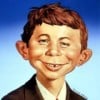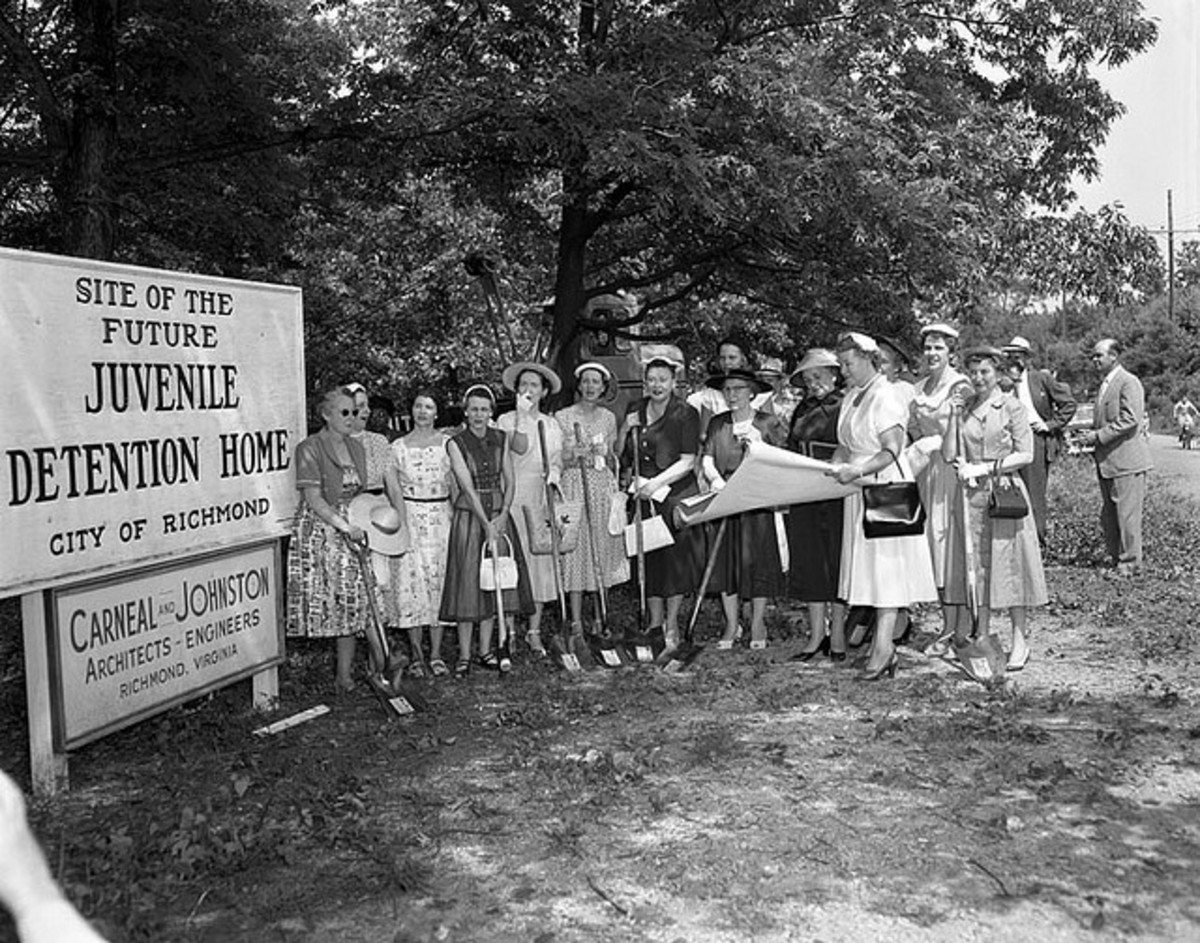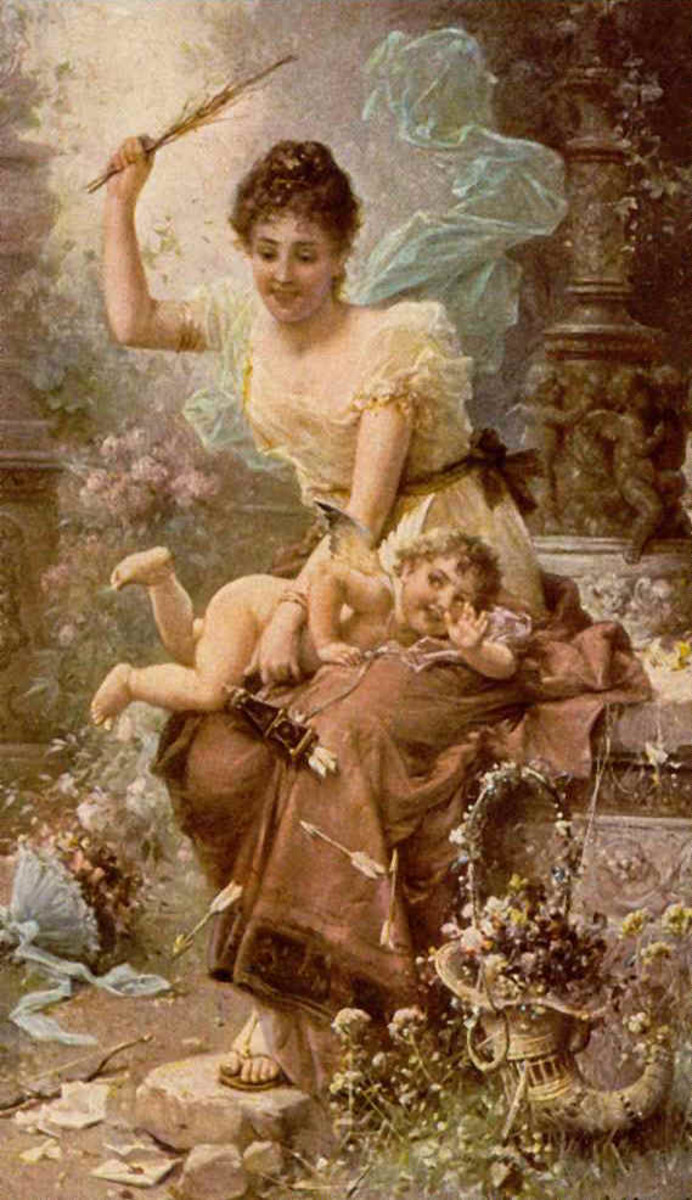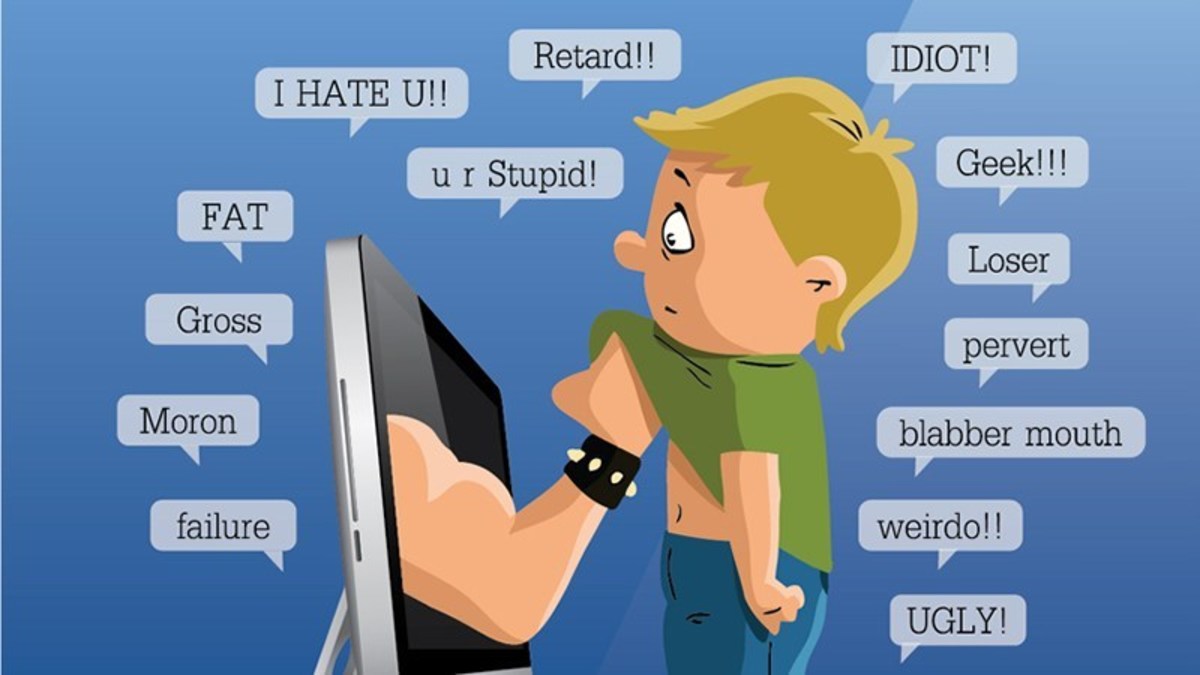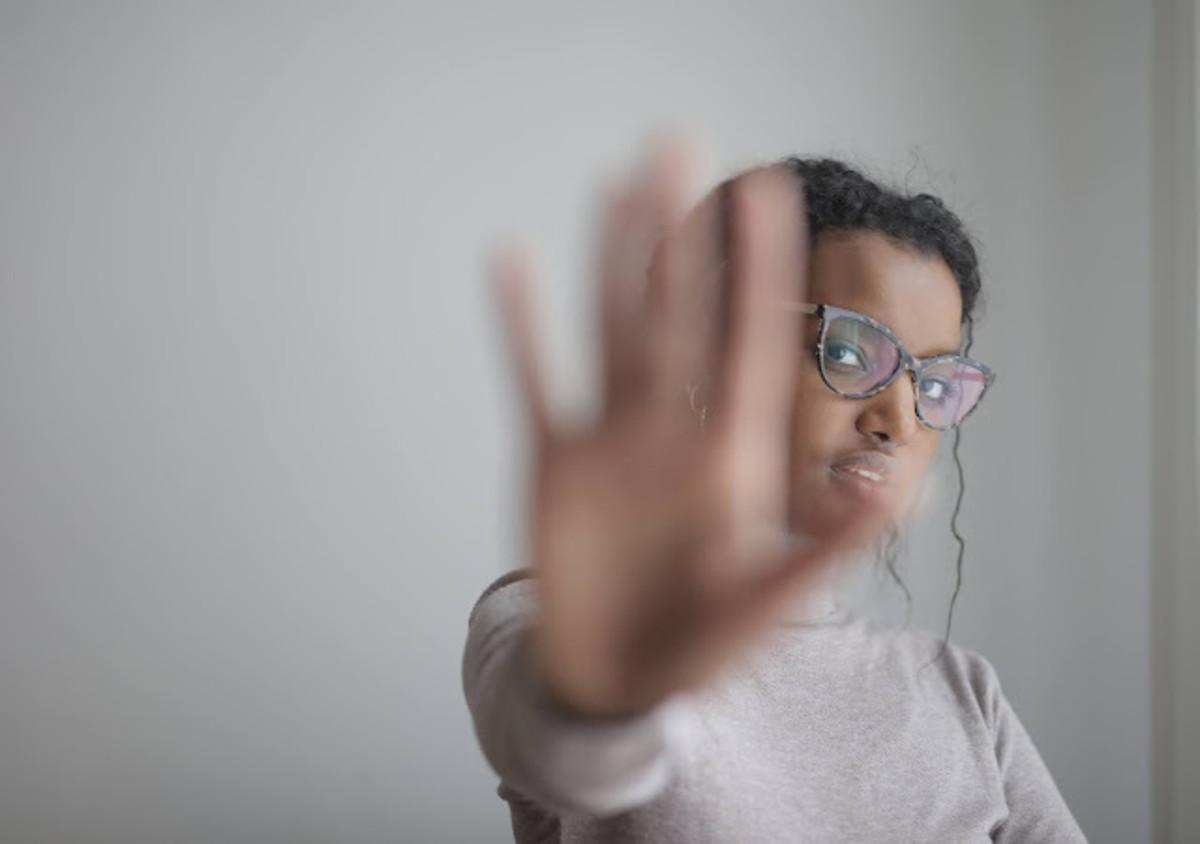Violence in Children: Nature or Nurture *Quick Rewrite*
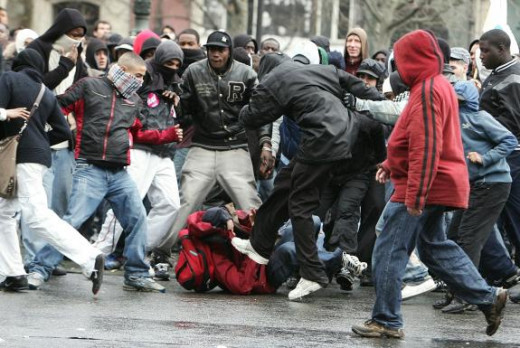
Nature or Nurture
Nature Vs. Nurture
For years we have argued about what force drives our actions. Whether it was nature (instinct as in flight or fight mentality) or are we taught violence (parents, media, peer pressure, and others). If it is our nature, can this tendency toward violence be curbed(teach a young species a new way to act)? If it is nurture, then can a society address this issue without changing such concepts as freedom of speech? Can we use nurture to train nature? Could our education system be based on the teachings of Gandhi and Martin Luther King Jr?
Today we see many different views on why children act out using violence from violent video games, TV, Movies, sports, and even sugar. We see and hear many different opinions. We rarely do you ever see it broken down into individual incidents. You also rarely see an adult given such a motive unless it fits a particular group’s agenda. A man shoots his neighbor, not because of a long-time feud, but because of gun culture (he saw a commercial for a Stallone movie).
Choices
In an adult, the alpha male/female response is (to some extent) considered normal. The person who “takes charge” is revered and (usually) will become our leader. This could be tied to the survival instinct. The strong survive, and the weak perish. In a time when survival was built on hunting and gathering, this instinct was critical, but does it have a place in modern society?
The Merriam-Webster dictionary defines society as “a voluntary association of individuals for common ends; especially: an organized group working together or periodically meeting because of common interests, beliefs, or profession .” In any group, people seem to strive for some order, and with that leader. But, we choose our leaders (for the most part) on charisma and strength over intelligence and education. It is like how Jon Stewart says in his book “America,” we choose the willing over the able in our leaders. Given a choice, we will select the person who projects strength, A Reagan over a Carter. This is true in the micro societies called a clique.
Clique and Micro Cliques
At any age, the need to fit in within the group dynamic will include a person who will take a leadership role that whether by design or overtime, will define the group. The motivating factor is dependant on age, education, location, and outside society views (class, race, sex, and age). The last one being (in some cases) the most important. Children tend to conform or rebel against how society sees them as well as the opportunities presented to them. It can be said that any clique is defined by society for better or worse. The Merriam-Webster dictionary defines a clique as “A small group of people who spend time together and who are not friendly to other people.” Society’s definition can be a factor in the motivation of the clique leader and thus by the clique as a whole. The book “Lord of the Flies” is an excellent example of this concept of cliques with the leaders of both cliques defining the group’s philosophy. Jack’s group built around hunting (strength and aggression) and Ralph’s group built around a fire (structure and security).
A Micro-clique is a clique created and defined by an incident that dissolves as the conflict ends. This can be seen when two children fight. Small cliques will form around (chanting in some cases) the fight with the leader being the dominant child in the fight. In some cases, the children involved in that micro-clique will have little to nothing in common except for the social pressure to back the winner. When the fight ends, the group dynamic will return to normal, although if the fight changes the social standing of that child, a new dynamic or clique will develop. This will include a clique built around the winner and (in some cases) the loser.
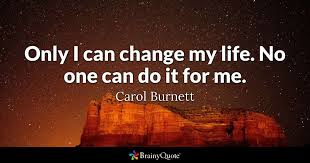
Motivation?
In any adult, case motivation is a prime focus even when that motivation is a result of mental health issues. But motivation (outside of horrific cases such as school shooting) is secondary with children. It would appear that as far as the modern media is concerned, the motive is nonexistent in why our children fight. The differences are that children cannot verbalize (argue), making the only way to show dominance is through violence (bullying and fighting). A way to stand out (dominate) is to point out what is wrong with someone else. Like driving and drinking (don’t mix the two), the motive is an adult thing. The class bully is because of the games he/she plays at night, not some personal issue. Two children are fighting because of the wrestling show the night before with no other reason. We could be teaching our children how to deal with these feelings and live together instead of cutting school funding (in some cases eliminating Kindergarten) and abandoning our faith-based systems. Teaching a nonviolent alternative is treated by our society as weak. In history, the underlining narrative (and fact) is that in many ways might have been more successful than right.
Conclusion
Children face a natural violent tendency (survival instincts) living with poverty, violence based culture, social standing (clique and society), and system that rewards the strong. An education system that favors those willing to fight for what they want or need. It's no wonder why little Billy pushed little Tommy down. Wither nature nor nurture, we should work to educate our children in a better way to live together.
Is your child and alpha or a beta (Shepard or Sheep)
- The Idiocracy Prophecy
How Mike Judge’s Movie “Idiocracy” may foretell the future. - Addictive Mentality
Is addiction a shortfall in character or a disease? Is it possible to have an addictive mentality where a person is addicted to everything they do? - Diverse dynamic group
A diverse dynamic group can provide a wide array of personalities and intelligences. The core of any successful group is its ability to define and use the group’s assets to the advantage of all. Everyone has his or her strengths and weakness. In a gr
© 2013 Michael Collins aka Lakemoron
